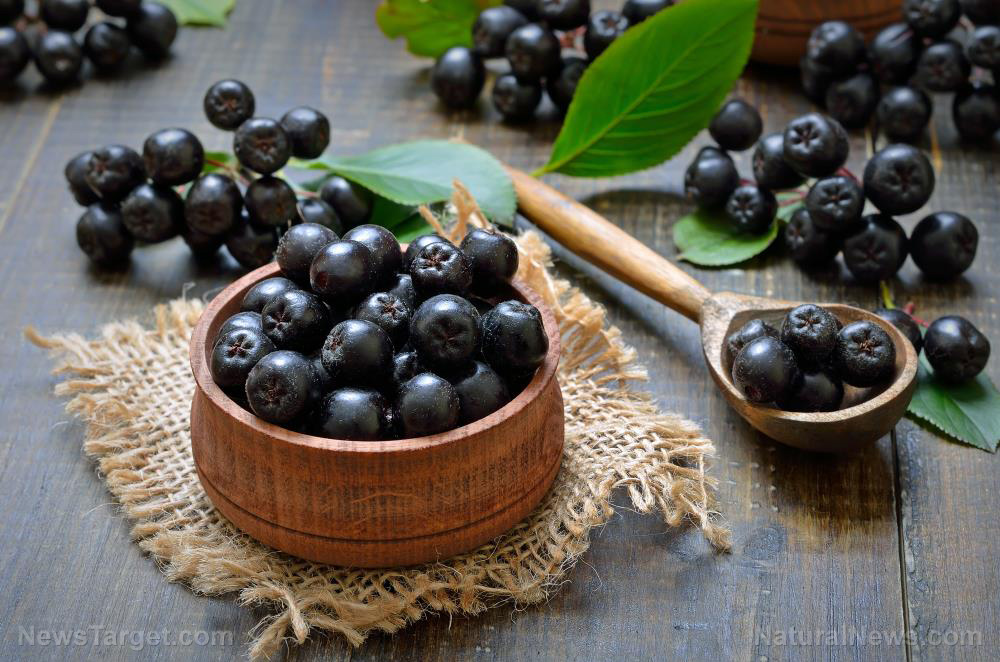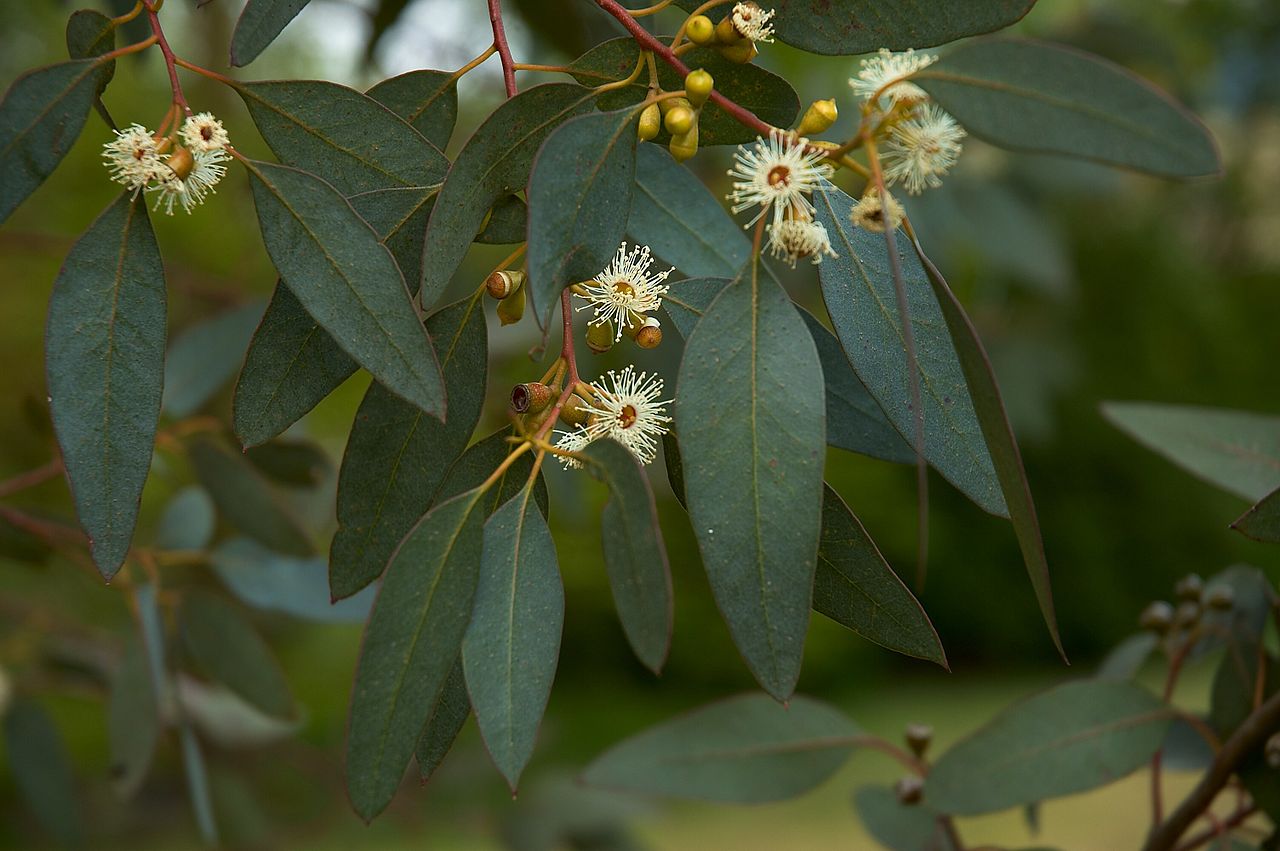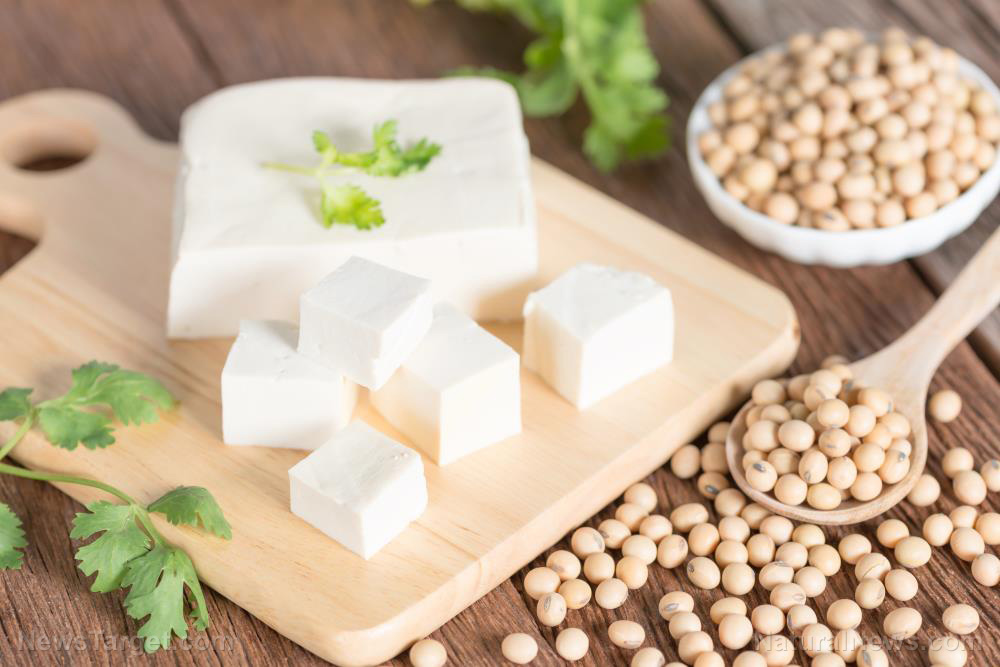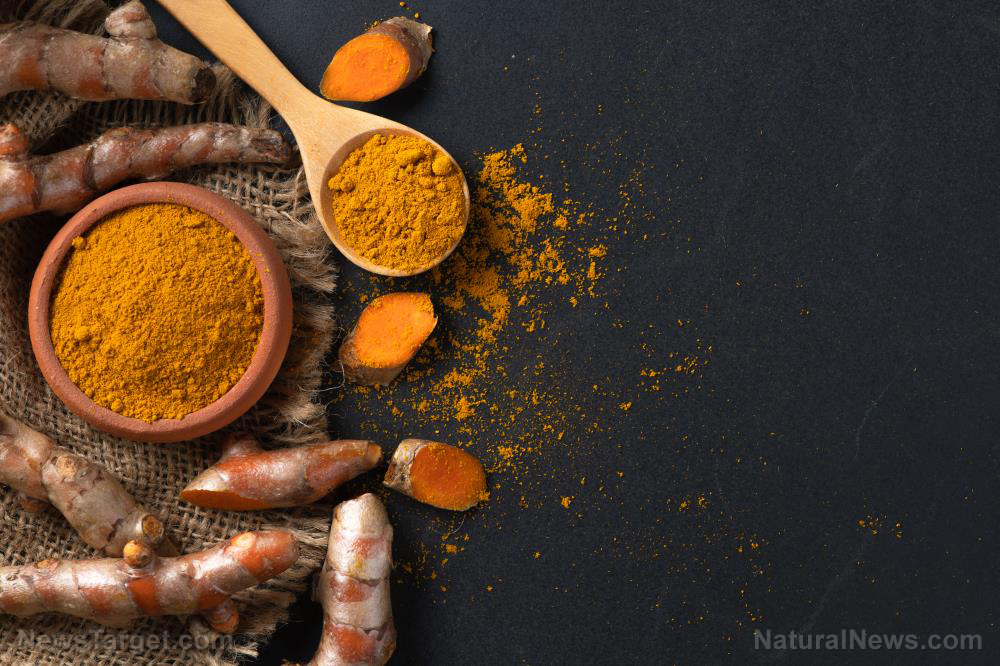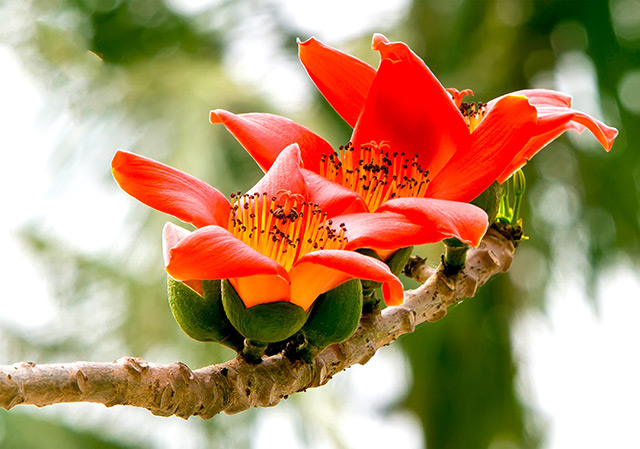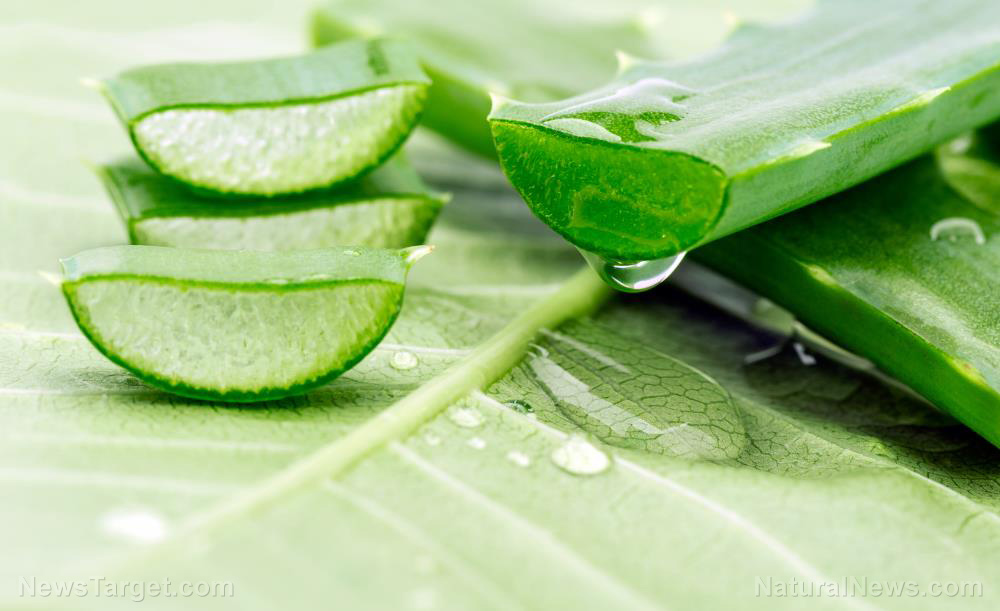Banana stem juice demonstrates antidiabetic potential – study
09/30/2018 / By Ellaine Castillo
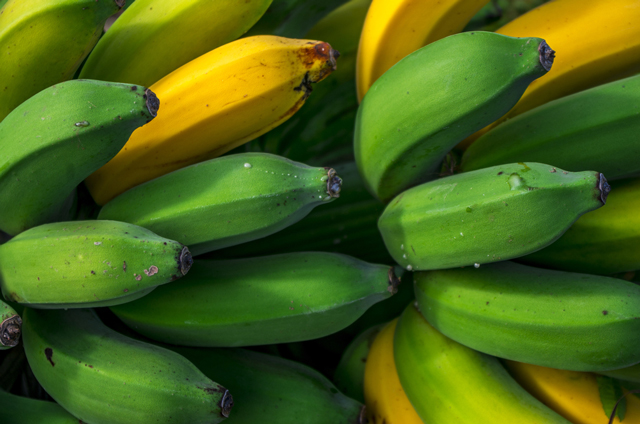
Researchers have shown that stem juices from bananas (Musa × paradisiaca L.) have potential antidiabetic compounds, regardless of where they were planted. Their study, which was published in Czech Journal of Food Sciences, determined the phytochemicals present in banana stem juices that have antidiabetic property.
- The leaves, peels, roots, and stems of banana plants are commonly used traditional treatments for diarrhea, dysentery, intestinal colitis, inflammation, pain, and snakebites.
- Low molecular weight bioactive compounds that have potential pharmaceutical applications have been discovered in bananas. These include potential antidiabetic compounds that work by inhibiting carbohydrate-digesting enzymes and glucose adsorption, as well as promoting antioxidant activity.
- Concentrations of bioactive compounds are affected by environmental factors. To test this, the study used bananas planted either in Vietnam or in a greenhouse in the Czech Republic.
- Bioactive compounds present in stem juices derived from unripe bananas were determined.
- Corresponding bioactivities against alpha-glucosidase and alpha-amylase, which are carbohydrate-digesting enzymes, were also determined.
Results of the study show that although there were differences in antidiabetic compounds present in stem juice from bananas planted in Vietnam and in the Czech Republic, both of them still exhibited similar levels of alpha-glucosidase and alpha-amylase inhibition. Researchers also suggest that further studies should be done to identify and quantify the most potent antidiabetic compounds in banana stem juice.
Read the full text of the study at this link.
Learn more about the antidiabetic potential of banana stem juice by visiting DiabetesCure.news today.
Journal Reference:
Dong N, Alena N, Klára S, Ji?í H, Huong P, Jitka V, Milena S, Jana H, Tomáš R. ANTIDIABETIC COMPOUNDS IN STEM JUICE FROM BABANA GROWN IN NATURAL AND GREENHOUSE. Czech Journal of Food Sciences. 2017;35(5). DOI: 10.17221/172/2017-cjfs
Tagged Under: , Alpha-amylase, alpha-Glucosidase, antidiabetes, antidiabetic compound, antidiabetic property, bananas, bioactive compounds, bioactivity, diabetes, diabetes mellitus, diabetes science, natural cures, natural remedies, phytochemicals, plantain, prevent diabetes

